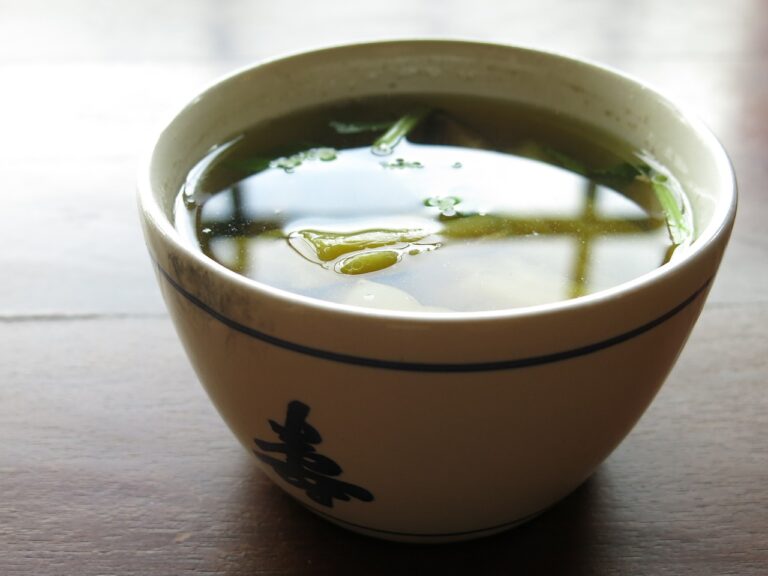Innovations in Aquatic Weed Management in Fish Farms
cricket bet 99, sky11, reddy anna online book id: Aquatic weeds can pose a significant challenge for fish farmers, as they compete with fish for nutrients and oxygen, reduce water quality, and can even impede fish movement. Traditional methods of weed management, such as manual removal or the use of chemical herbicides, can be time-consuming, expensive, and harmful to the environment. In recent years, there have been exciting developments in aquatic weed management that offer more sustainable and effective solutions for fish farmers.
1. Biological Control
One innovative approach to aquatic weed management is the use of biological control methods. This involves introducing natural predators or pathogens that target specific weed species, reducing their population without harming other aquatic organisms. For example, grass carp are a popular biological control agent for submersed aquatic weeds such as hydrilla and egeria. Grass carp feed on these weeds, helping to keep their growth in check.
2. Integrated Weed Management
Integrated weed management involves combining multiple control methods to effectively manage aquatic weeds. This approach can include a combination of physical, chemical, biological, and cultural control methods tailored to the specific weed species and farm conditions. By using a combination of strategies, fish farmers can reduce weed populations more effectively and sustainably.
3. Mechanical Harvesting
Mechanical harvesting involves the use of specialized equipment to cut, pull, or dredge aquatic weeds from the water. This method is particularly useful for large-scale weed removal or in areas where other control methods are not feasible. Mechanical harvesting can be an efficient way to control weed populations and improve water quality in fish farms.
4. Use of Bioherbicides
Bioherbicides are natural compounds that can effectively control aquatic weeds without the harmful effects of traditional chemical herbicides. These compounds are derived from plant extracts, fungi, bacteria, or other natural sources that target specific weed species. Bioherbicides are biodegradable and have minimal impact on the environment, making them a more sustainable option for aquatic weed management.
5. Floating Barrier Systems
Floating barrier systems are physical structures that can be placed in water bodies to restrict the movement of aquatic weeds. These barriers can prevent weeds from spreading to different areas of the fish farm, making it easier to control their population. Floating barrier systems can be an effective and eco-friendly tool for managing aquatic weeds in fish farms.
6. Use of Drones for Weed Monitoring
Advances in technology have made drones more accessible for use in agriculture, including fish farming. Drones equipped with cameras and sensors can be used to monitor weed growth in water bodies, allowing farmers to identify problem areas and take targeted action to control weed populations. Drones can provide valuable data on weed distribution and density, helping fish farmers make informed decisions about weed management strategies.
FAQs
Q: Are biological control methods safe for fish in the farm?
A: Yes, biological control methods are safe for fish in the farm, as they target specific weed species without harming other aquatic organisms. When using biological control agents such as grass carp, it is important to monitor their impact on weed populations to prevent overfeeding.
Q: How can fish farmers integrate weed management strategies into their operations?
A: Fish farmers can integrate weed management strategies into their operations by combining multiple control methods, such as mechanical harvesting, biological control, and use of bioherbicides. By using a holistic approach, farmers can effectively manage aquatic weeds and improve overall farm productivity.
Q: What are the benefits of using sustainable weed management practices in fish farms?
A: Sustainable weed management practices offer numerous benefits for fish farms, including improved water quality, enhanced fish health, reduced environmental impact, and cost savings. By adopting innovative weed management strategies, fish farmers can create a more sustainable and productive farming environment.







